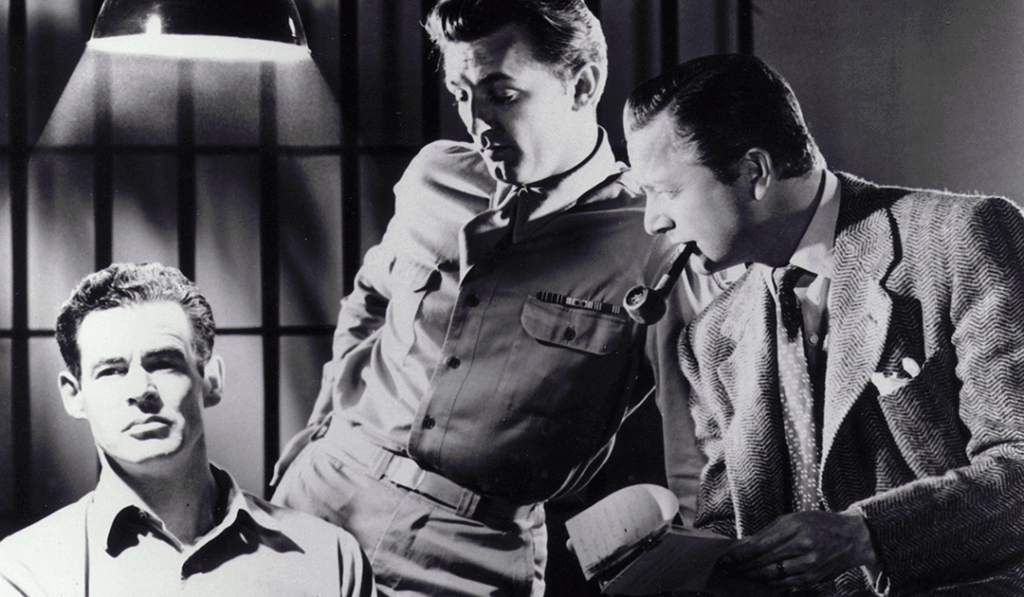(From the notebooks of Tyler Gitou, the Deal Whisperer)
Tyler Gitou drew three interlocking circles on a sheet of paper. In one he wrote “Credibility” in another he wrote “Reliability” and in the third he wrote “Mutuality”. Where the three circles overlapped in the center he wrote “Trust.”
“You may recall from an earlier conversation that a Deal Whisperer builds a trusting relationship on these three elements: Credibility, Reliability and Mutuality.“ (See “How to Build a Trust Action Plan”) “The key to a successful, collaborative business relationship is a strong bond of Trust which you have built over time.”
“That’s great,” Verdi said. “But I don’t have time. I am currently in negotiations and I need Trust now.”
“OK,” Tyler said. “The model is scalable.”
“What do you mean?”
“I mean it is not absolute. You don’t go from zero Trust to full Trust. You can build a little bit of Trust in a short period of time. For example: Why does the client keep asking you to lower the price?”
“Because he thinks I have ‘room to move’,” Verdi said.
“Do you?”
“No.”
“Have you told him that?” Tyler asked.
“Yes, several times.”
“So let me ask you again: the client keeps asking for price concessions and you keep saying you don’t have room to move. Why does the client keep asking?”
Verdi thought for a moment. “Maybe he thinks I’m not telling the truth?”
“Exactly!” Tyler said. “He doesn’t believe you when you say you don’t have room to move! You lack Credibility and therefore you have no Trust. And is there any reason why he should believe you? Haven’t you said in the past ‘I can’t do any better’ and then you lowered the price when he threatened to walk away?”
“I guess I did.”
“So you have trained the client that you are not Credible; that he is in a game where he needs to keep asking until he believes you are done. You need to move that point of belief further up in the discussion so he stops asking.”
“How do I do that?”
“Transparency,” Tyler said. “Show, don’t tell. If your back is up against the wall, show the client the wall. Open up the ‘black box’ of your proposal and share with him the cost elements and effort involved in delivering the project successfully. If he can see your problem, he will believe you when you say, ‘I have a problem meeting that request.’ In fact, he may have a potential solution. You may have put something into the proposal that he doesn’t need. Maybe you misunderstood a business requirement or maybe he didn’t realize how much cost a certain request would drive. Invite the client into your deal shape. If the client can help solve the problem, he becomes more engaged because he has ownership in the solution. He helped build it.”
“Is that all I need to build Trust?”
“No,” Tyler said. “It’s what you need to build Credibility, one of the three elements of Trust. Presumably you have Reliability. He would not still be talking to you if he did not think you capable of doing the work. But by having Credibility and Reliability, you can also communicate Mutuality. When you have the discussion around transparency, make sure you communicate to the client that you are trying to find the option that will make him successful, as well as yourself. As long as he can see the elements of the deal, he will start to feel that you really do care as much about his interests as your own. Remember that self-interest is the silver bullet of Trust: it will kill Trust in an instant. But you can start building some Mutuality, even in a single conversation, and that’s what you need to generate Transactional Trust to negotiate a good deal for both of you right now.”



